
More people want eco-friendly products—but not all "green" claims are real. Understanding sustainable materials starts with asking the right questions.
Eco-friendly materials are those that minimize environmental harm through renewability, recyclability, biodegradability, or low-impact sourcing and production.
Knowing the facts helps avoid greenwashing and ensures your choices truly support sustainability.
What qualifies a material as eco-friendly or sustainable?
Sustainability can feel confusing, but it's not all or nothing.
A material is sustainable if it meets your needs while causing less harm to people and the planet compared to traditional options.

What Makes a Material Sustainable?
- Renewable: Comes from sources that naturally replenish (e.g., bamboo, cork).
- Recyclable: Can be reprocessed into new products (e.g., aluminum, plastics).
- Biodegradable: Breaks down naturally without pollution (e.g., seed paper).
- Low-impact: Produced with less energy, water, or pollution.
No material is perfect, but each step toward sustainability matters.
Do truly sustainable materials exist, or is it a matter of degrees?
Many people ask if any material is "truly" sustainable—but it's more complicated.
All materials have some environmental cost, so sustainability is about choosing the least harmful option for your needs.
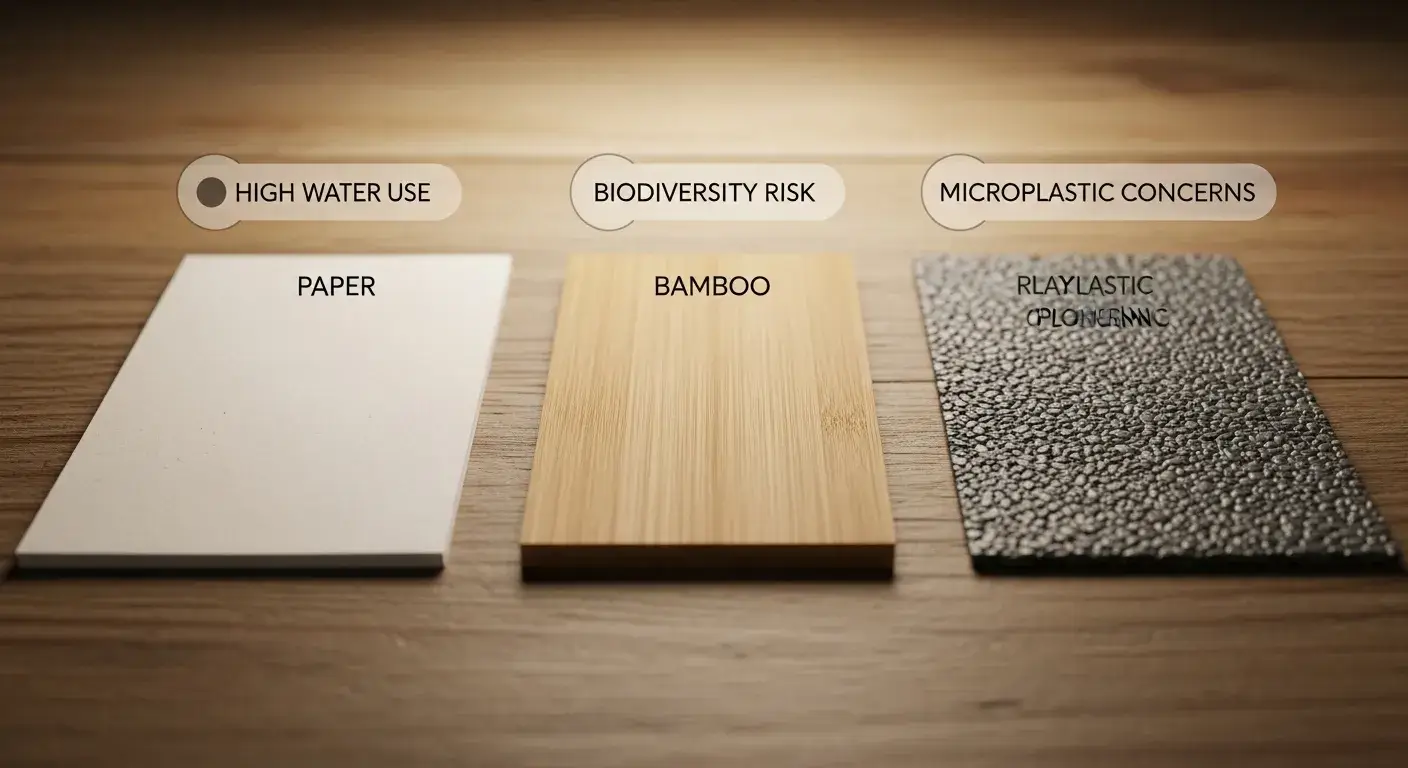
Shades of Green
- Paper is biodegradable but uses more water and energy than plastic.
- Recycled plastic reduces waste but may carry toxins from its first use.
- Bamboo is fast-growing but can harm biodiversity if not harvested responsibly.
Understanding trade-offs helps make better, informed choices.
What are common types of eco-friendly or sustainable materials used today?
Sustainability is more than just buzzwords—it includes specific, verified materials.
Examples include seed paper, recycled plastics, bamboo, cork, bioplastics, and reclaimed metals.
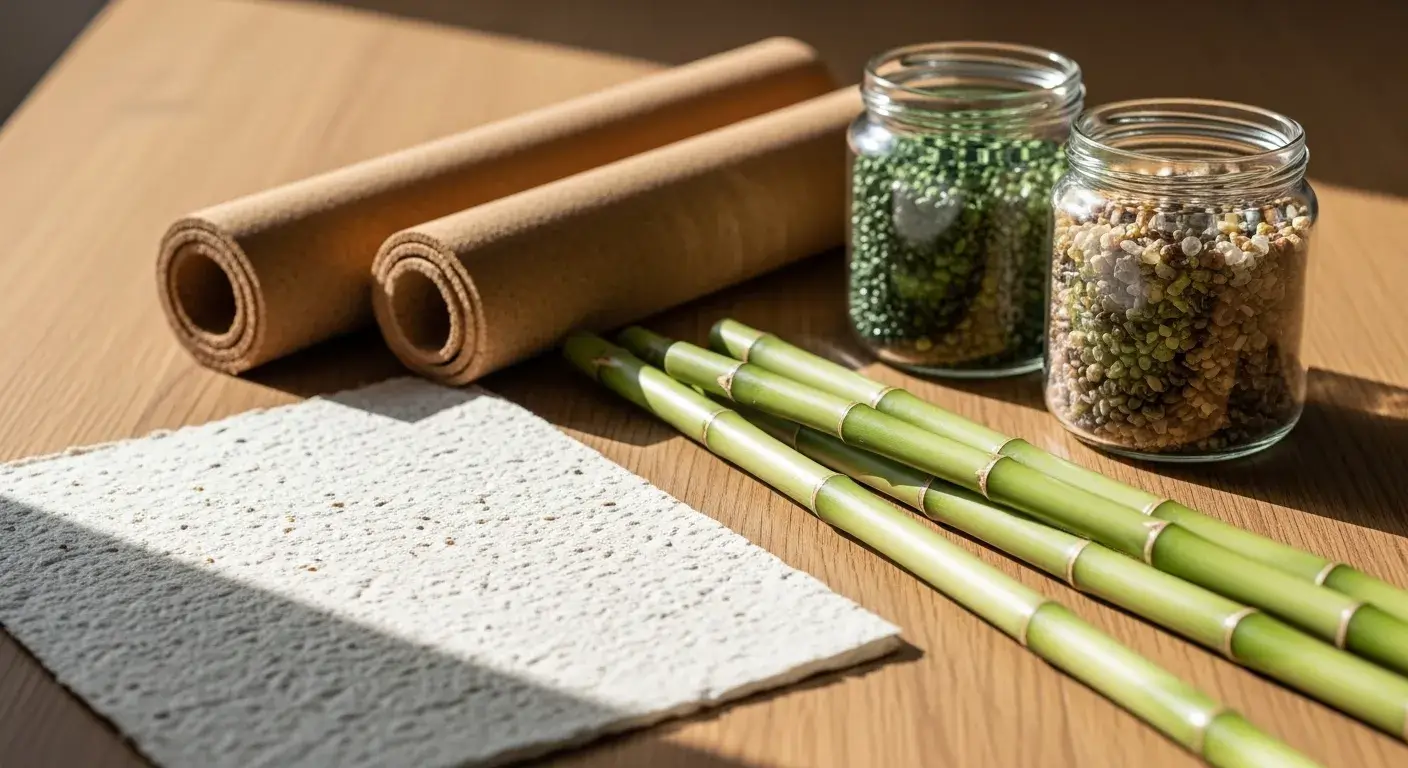
Material Examples Table
| Material | Category | Key Benefits |
|---|---|---|
| Seed Paper | Biodegradable | Grows into plants after use |
| Bamboo | Renewable | Grows fast with minimal resources |
| Recycled Plastic | Recycled | Diverts plastic from landfills |
| Cork | Renewable | Harvested without killing the tree |
| Recycled Metal | Recycled | Reduces energy vs. mining new metal |
These materials are used in packaging, gifts, construction, and more.
How do biodegradable materials compare to recycled or renewable materials?
Biodegradable sounds great, but isn't always the greenest choice.
Biodegradable items can require specific conditions to break down, while recycled and renewable materials offer different strengths.

Comparison Breakdown
- Biodegradable: Breaks down naturally; may need industrial composting.
- Recycled: Reduces raw material use; may involve energy-intensive processing.
- Renewable: Sourced from nature; must be harvested sustainably.
Use lifecycle thinking1 to compare materials based on sourcing, production, use, and disposal.
What challenges exist in sourcing and verifying sustainable materials?
Many companies struggle to source truly sustainable materials and verify claims.
Greenwashing2, vague labeling, and a lack of standards make it hard to know what's truly eco-friendly.
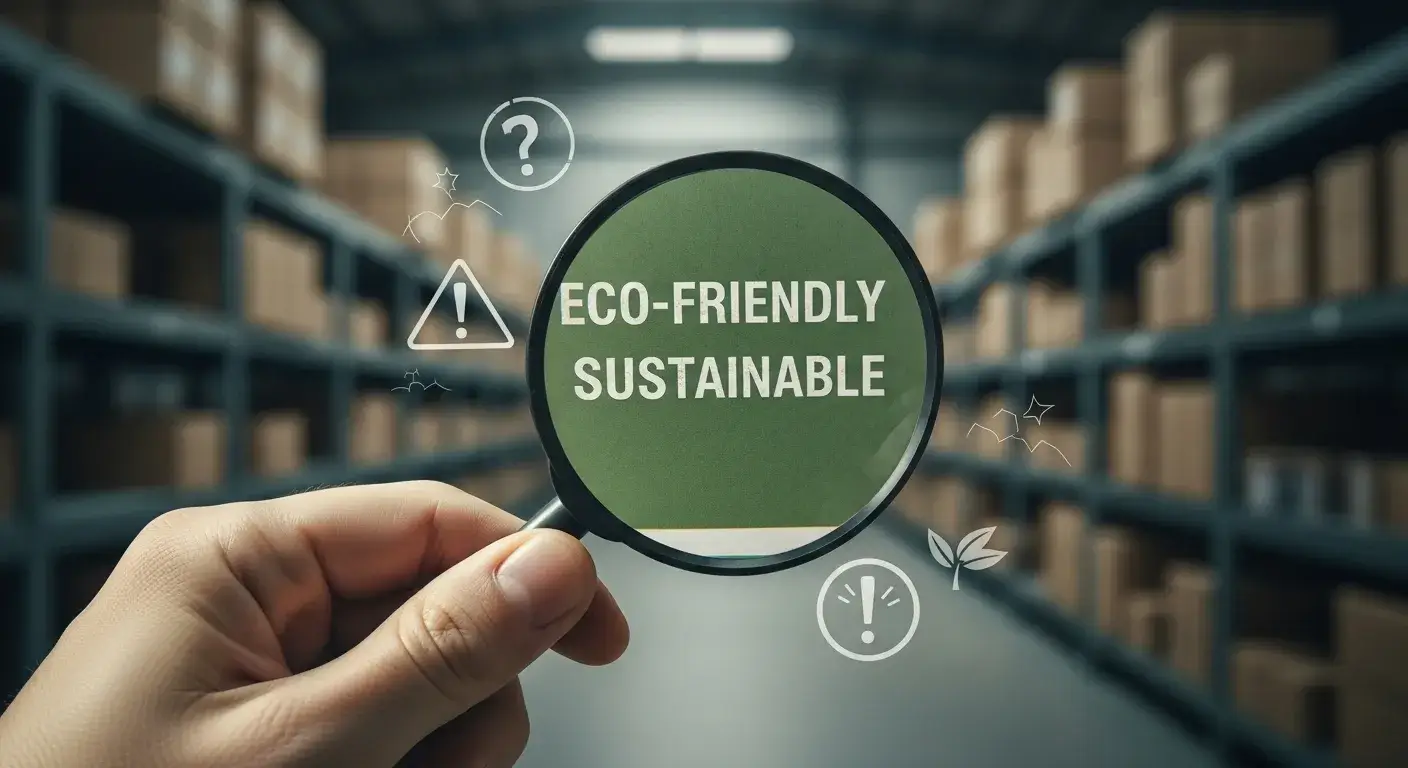
Barriers to Sustainability
- Greenwashing: Misleading marketing claims.
- Lack of Certifications: No third-party proof.
- Opaque Supply Chains: Hard to trace origins or impact.
Reliable suppliers provide documentation and use certified materials with traceable sourcing.
How can consumers identify genuine eco-friendly products amid greenwashing?
Labels can be confusing, but some signs show true sustainability.
Look for third-party certifications and detailed sourcing or lifecycle info to verify real eco-benefits.
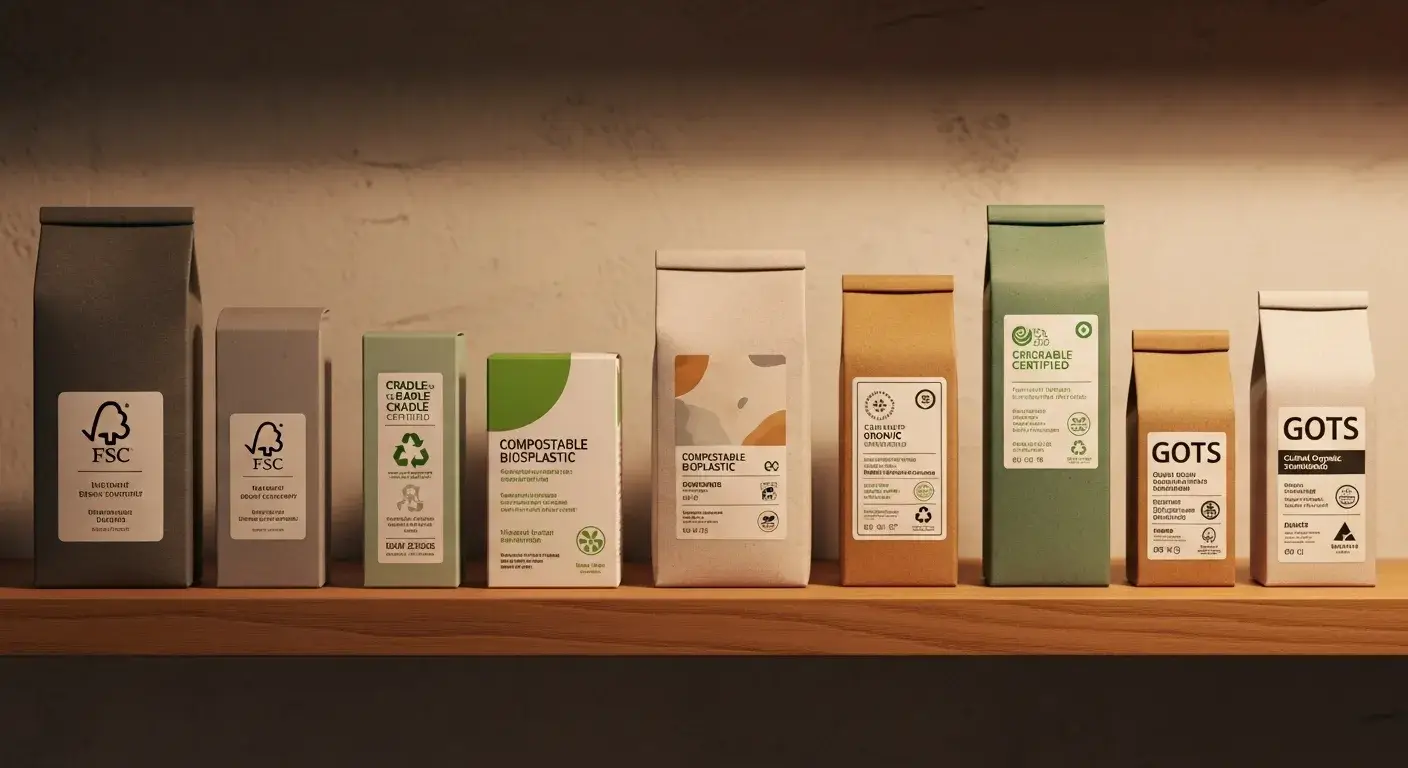
What to Look For
- Certifications: FSC3 (paper), Cradle to Cradle, GOTS (textiles).
- Transparency: Specific material names and sources.
- Avoid Buzzwords: "Natural," "green," or "eco" without proof are red flags.
If in doubt, ask the supplier for documentation.
What are the environmental impacts of popular sustainable materials like paper, bamboo, or recycled plastics?
All materials have environmental trade-offs.
Paper often uses more water than plastic, bamboo can affect ecosystems4, and recycled plastics may contain toxins5.
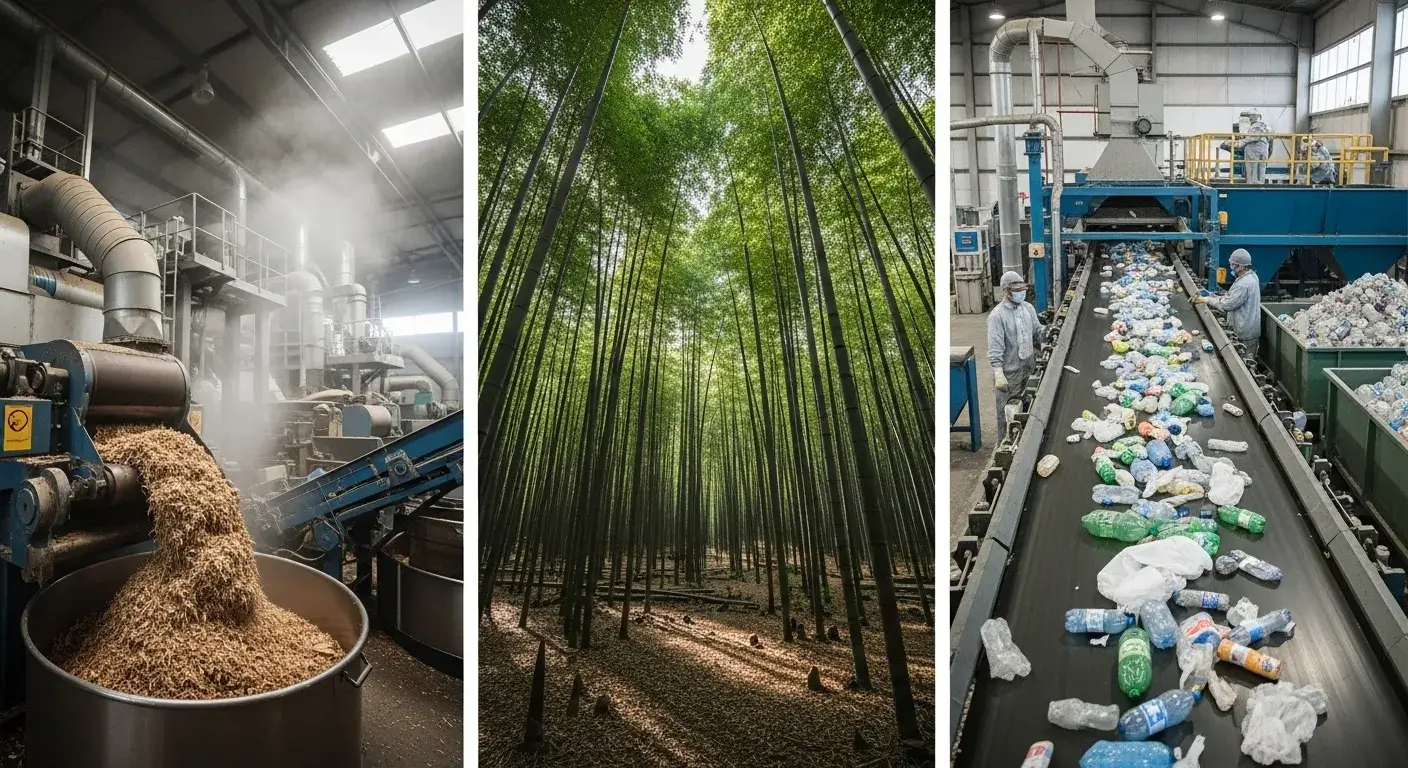
Impact Overview
| Material | Benefit | Trade-off |
|---|---|---|
| Paper | Biodegradable, renewable | High water and energy use |
| Bamboo | Grows fast, renewable | Habitat disruption if poorly managed |
| Recycled Plastic | Reduces landfill waste | May release microplastics6, toxic traces |
Assess the full lifecycle to understand actual sustainability.
How do sustainable materials perform compared to traditional ones in durability and cost?
People often think sustainable means fragile or expensive.
Eco-friendly materials can be slightly costlier upfront but perform well and add long-term brand value.

Performance and Cost Comparison
| Material | Durability | Cost Range | Notes |
|---|---|---|---|
| Recycled Plastic | High | Low-Mid | Durable, suitable for reuse |
| Bamboo | Medium | Mid | Strong, lightweight |
| Seed Paper | Low | High | One-time use; for special promotions |
Choose based on your product's needs and customer expectations.
What industries are leading in adopting sustainable materials?
Some sectors move faster than others when it comes to going green.
Construction and home improvement lead the shift with strong growth in green materials.
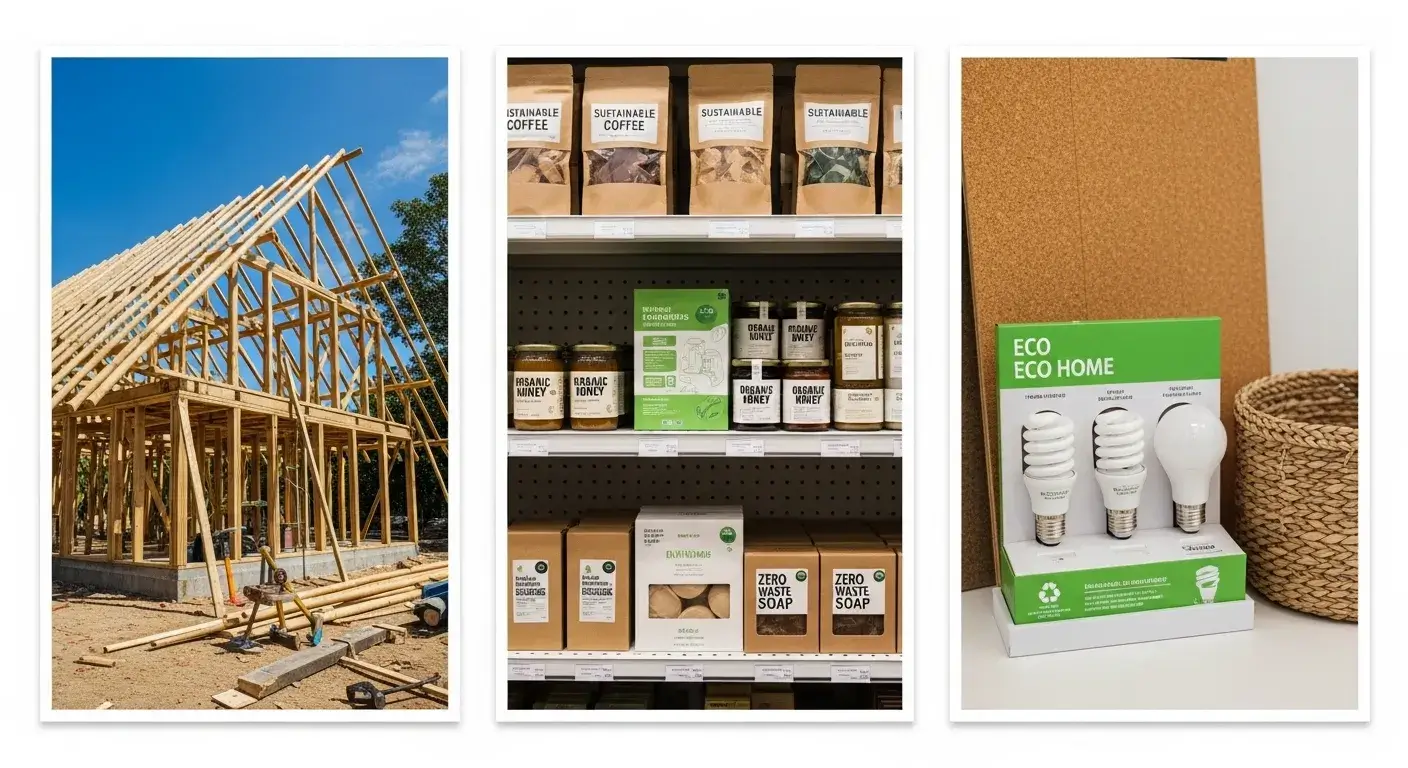
Adoption by Industry
- Construction: Bamboo, recycled steel, eco-cement.
- Home Improvement: LED lighting, cork flooring, low-VOC paints.
- Retail: Sustainable packaging, eco-giveaways.
These sectors are responding to regulation and customer demand.
How is the market for sustainable materials expected to grow in the coming years?
Sustainable materials aren't just a trend—they're the future.
The construction sustainable materials market7 will more than double by 2033, driven by regulation and demand.
Market Outlook
| Sector | 2023 Market Value | 2033 Forecast | Growth Rate |
|---|---|---|---|
| Construction | $341.9 billion | $687.8 billion | 7.4% CAGR |
| Eco-friendly Paints | 35% market share | Growing | Driven by demand |
| Consumer Products | Strong demand | Expanding | >50% prefer sustainable brands8 |
The shift is real. Smart businesses will adapt early.
Conclusion
Sustainable materials aren't perfect, but they're essential. With the right knowledge, we can choose better for the planet.
FAQs
Are sustainable products always more expensive?
Not always. Some cost more upfront but save money long-term or build brand value.
Is paper better than plastic?
Not always. Paper uses more water and energy. Lifecycle analysis is key.
How can I tell if a product is greenwashed?
Look for certifications and specifics—avoid vague labels like "eco-friendly."
Is bamboo really sustainable?
Yes, if responsibly harvested and not causing deforestation.
What certifications should I trust?
FSC, GOTS, Cradle to Cradle, and USDA Organic are strong indicators of true sustainability.
-
Life Cycle Assessment (LCA) is a systematic methodology for evaluating the environmental impacts of a product throughout its entire life cycle—from raw material extraction through production, use, and disposal. This comprehensive analysis helps businesses and consumers understand the true environmental cost of materials and make informed sustainability decisions. ↩
-
Greenwashing refers to misleading environmental marketing claims that make products appear more sustainable than they actually are. The Federal Trade Commission (FTC) has established Green Guides to help prevent deceptive environmental claims, and regulators are increasing enforcement as consumer demand for sustainable products grows. Understanding greenwashing helps consumers make genuinely eco-friendly choices. ↩
-
The Forest Stewardship Council (FSC) is an international non-profit organization that promotes responsible forest management through certification. FSC certification ensures that products come from responsibly managed forests that provide environmental, social, and economic benefits, making it one of the most trusted sustainability certifications for paper and wood products. ↩
-
While bamboo is fast-growing and renewable, concerns exist about its environmental impact when not sustainably managed. Large-scale bamboo plantations can lead to deforestation of natural forests, habitat disruption for wildlife, and biodiversity loss. Choosing bamboo products from responsibly managed sources is crucial for ensuring genuine sustainability. ↩
-
Research reveals that recycled plastic contains higher levels of hazardous chemicals than virgin plastic due to contamination from previous uses and the accumulation of toxins during the recycling process. These chemicals can leach into food and products, posing potential health risks. This underscores the importance of understanding the limitations of plastic recycling. ↩
-
Microplastics are tiny plastic fragments that can carry toxic chemicals and accumulate in food, water, and air. Research shows these particles pose potential health threats through ingestion and inhalation, with studies detecting microplastics in human blood, tissues, and organs. Understanding microplastic contamination is essential for evaluating the true impact of plastic products. ↩
-
The construction sustainable materials market is experiencing significant growth, valued at $341.9 billion in 2023 and projected to reach $687.8 billion by 2033 at a 7.4% CAGR. This growth is driven by increasing consumer awareness of environmental sustainability, government regulations promoting green building standards, and rising demand for energy-efficient materials. ↩
-
Consumer demand for sustainable products continues to grow, with surveys showing that over 50% of consumers prefer sustainable brands and are willing to pay more for eco-friendly products. This trend is particularly strong among younger generations and is driving companies across industries to adopt more sustainable practices and materials. ↩

